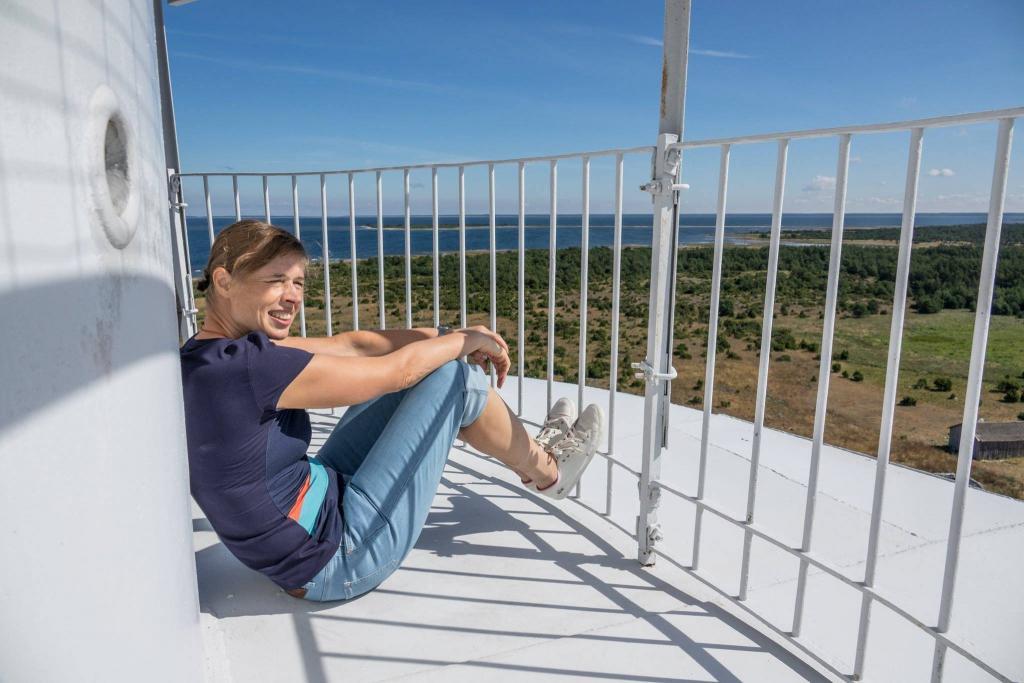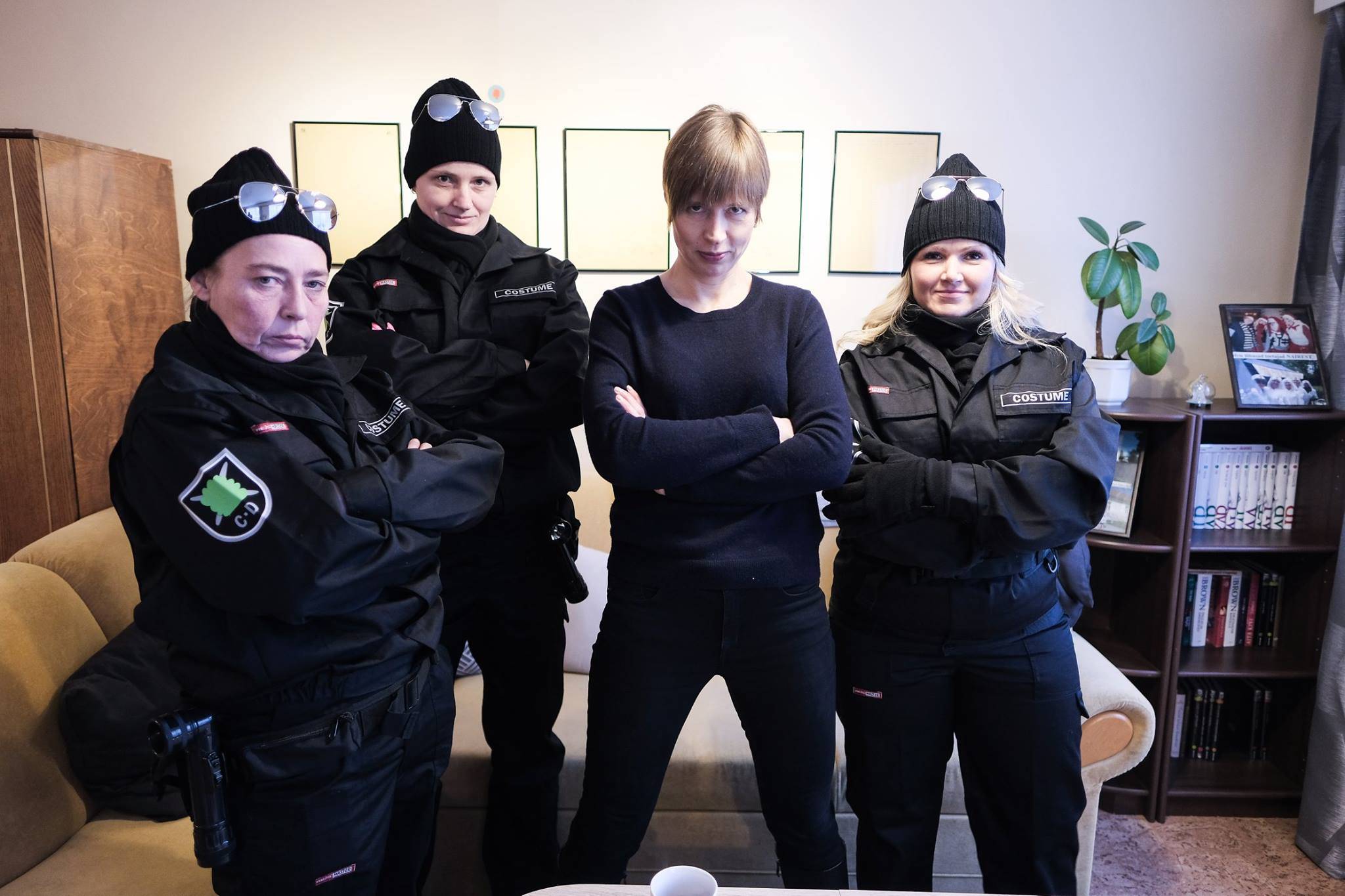In a wide-ranging interview with Estonian World, the Estonian president, Kersti Kaljulaid, said that a small country like Estonia only has one natural resource and it is located between our ears; and therefore, education that is accessible to all children is a good thing that the country must keep.
Kersti Kaljulaid, who was elected by the Estonian parliament on 3 October 2016, served as the first female president of Estonia until 11 October 2021. This conversation with Kaljulaid was published on the occasion of Estonia’s centennial celebrations on 24 February 2018.
In the past, you’ve talked a lot about the Estonian identity. What does it mean to be an Estonian today?
For me, anyone who wants to be an Estonian, can be an Estonian. This is important to me. The thing is that one can be Estonian in many ways. You can be an Estonian by thinking the same way we do, by having an interest in our country, by being an e-resident – for me, Edward Lucas (a senior editor at the Economist magazine – editor) is one of the best Estonians.
If you want to be an Estonian citizen, then there are a few other things to consider. You must be able to understand our society and communicate in Estonian within our country, as well as some other activities that are on a slightly higher level. In my opinion, it is extremely important to constantly affirm that while we are open to communicating with people all over the world and in all languages, in our country we have one national language which we use when we interact with each other.
Of course, if there is an official who is Russian or knows Russian very well and he is approached by someone who does not speak Russian, they will discuss things in the language that is easiest for them both. Similarly, if a person comes here, for example, as part of a military detail and goes to meet with a social worker and they are fluent in English or French, then they will use one of those languages. But work in this country and with this country is done in Estonian.

Are there any other prerequisites? You say that an Estonian is someone who wants to be an Estonian, but is there anything else besides the language?
It’s not even the language – as I said before, Lucas does not speak Estonian very well, but to my mind, he is very Estonian. Of course, if you want to live here, you have to learn and speak Estonian. This, in my opinion, is very natural; whether it should be this way, is not questioned even by people in Narva. In Tallinn, we see how in Russian-language kindergartens there are open places available in Russian-speaking groups, but not in Estonian-speaking groups.
Speaking of people coming here, we know the demographic situation is not the best, although the past three years have shown some improvement. Can and should Estonia try harder to attract people from elsewhere?
A good living environment, a sensible tax system and an ever-rising standard of living have turned this trend around. If it continues, then people will come without enticements. If we have good jobs to offer – for example, we can offer at least 3,000 jobs in the IT sector right now – then educated people – who we want – will come here.
If we are now in a situation where we are becoming more attractive to people from elsewhere in Europe and the world, then it is extremely important that we are able to provide an Estonian-language platform to the children. It is possible for everyone, whatever language they speak at home. When I have expressed this point, it has been taken to mean teaching the language in kindergarten. That is not the case. It’s just that if the kindergarten teacher speaks Estonian, then the children will learn Estonian. If the teacher speaks another language with the children, they will learn that language.
Yes, of course, there is the language spoken at home, but we want people to have an elementary platform from which they can begin by reading Sipsik (an Estonian children’s book by Eno Raud – editor), then move on to Eno Raud’s children’s stories and to more up-to-date children’s literature, and from there to Tammsaare (Estonian writer Anton-Hansen Tammsaare – editor).
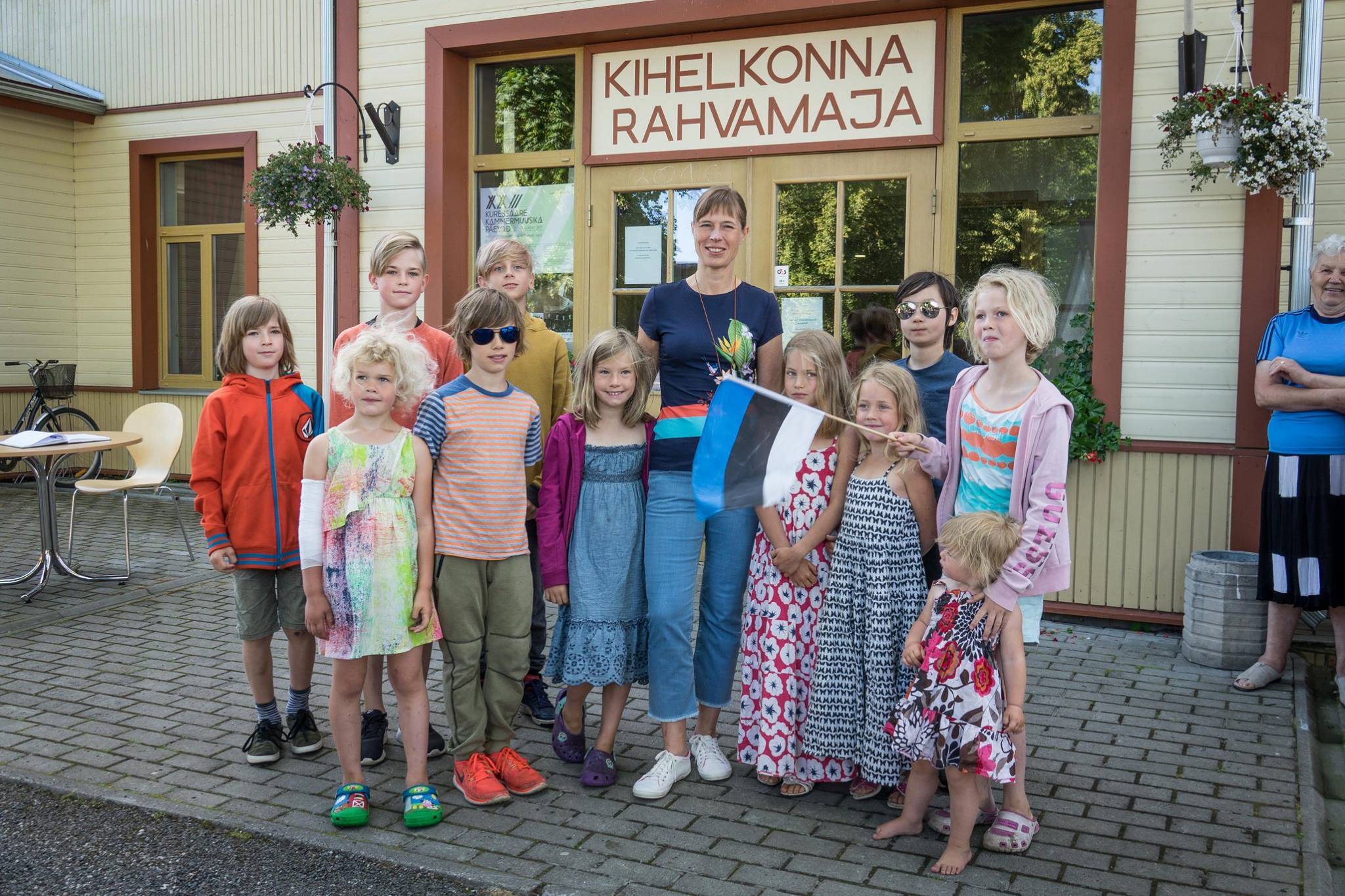
What about the Estonians who have left – could there be something that would entice them to return, or do you think that the ever-changing nature of society will help attract people to return? Or should we be in some way trying to urge people to return?
I don’t think it is necessary to make a specific effort to entice, but when the annual salary increase is 5-6% and has been for three years, people will come and check things out. They will find desirable work with a reasonable wage and a living environment that is still good – and which in many respects is clearly better for those who have lived elsewhere, because of our moderate bureaucracy. I think in the average European country, each person spends four-five business days per year just dealing with their country’s red tape. In Estonia there’s usually no need to do this because the digital state is a great success.
We have a very good natural environment which is a huge win. While the Estonian standard of living is not completely in line with our GDP per capita, it is, in fact, higher in some aspects. Those who have been away know this and they will come back. Should we do something extra? We wanted the freedom to travel, the freedom to work where we want, and I do not think the attitude that it is somehow bad for people to expand their horizons is justified. If we start to behave like that, then they won’t want to come back. For me, every Estonian has value, let him work where he wants.
Suppose these people return and live wherever they live, could they somehow contribute better or more to Estonian life?
If you propose to establish an enterprise here, it’s a win for you because it is very easy to communicate with our country administratively. Your enterprise is incorporated within the European Union, which effectively means you can put it in your pocket and manage it anywhere in Europe and the world. It’s much easier to manage your enterprise here than in another country. Do it.
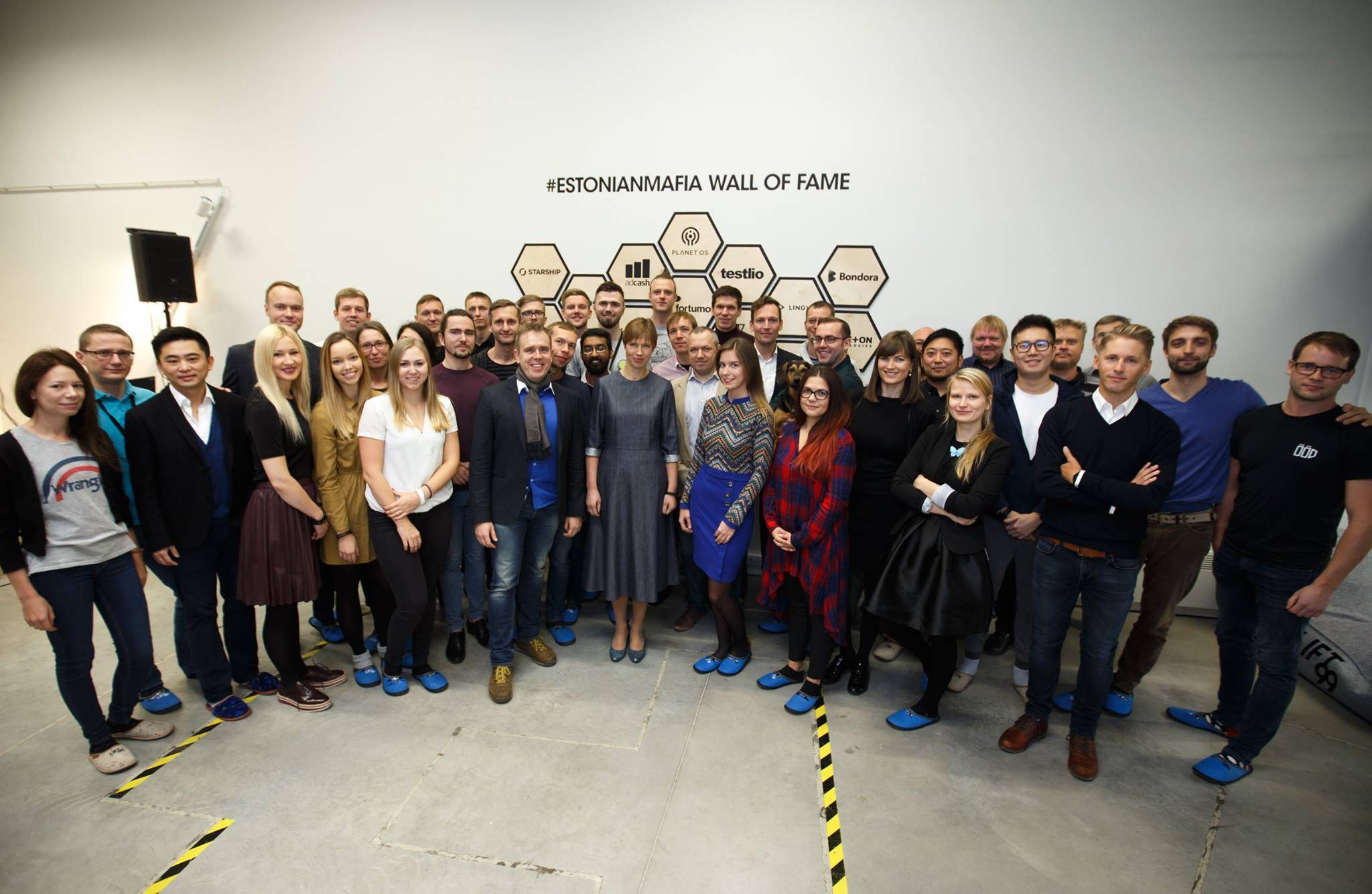
Let’s talk a little bit about the economy and the future. The previous head of state, Toomas Hendrik Ilves, introduced Estonia abroad as a digital country, with startup companies and strong cyber-security. How do you introduce Estonia abroad?
My foreign travels have included appeals to neighbouring countries to familiarise themselves with our digital platforms, and particularly to urge Finland to join our digital platform as soon as possible – we are close to being able to exchange real-time data between two sovereign state information systems. This is a unique global advantage, and I will without a doubt speak about it wherever I go. The digital state is Estonia’s outstanding brand.
Nevertheless, it’s been also said that we will get stuck believing in the “e-bubble” and become a sort of “e-Narnia”, while other countries move ahead of us. Is there something we could do differently?
Well, for instance, in Germany now, the plan is that each ID-card will also receive a digital ID, something we did 18 years ago. Some Asian countries are only five to seven years behind us, and no one is significantly closer.
So, yes, we still have a competitive advantage today, but just as our entrepreneurs actually brought the X-Road alive (the X-Road platform was initiated by the Estonian government in the 1990ies to create a secure and standardised environment for governmental interoperability, enabling secure data exchange between the information systems and databases of different organisations – editor) by offering services to the platform, I expect them to do the same for e-residents.
If that does not happen, of course, this success story will not last long, because even though it’s easy to set up an enterprise here and e-residents already have the advantage of easy communication with the state, they want additional services and they do not want them from the state.

Have you thought more broadly about Estonia’s future – what is your vision of Estonia in 10 or 25 years?
An Estonia that has calmly, evenly and consistently developed prosperity. In my opinion, there has been nothing wrong with the development of Estonia over the past 26 years, and as long as such trends continue, for my conservative thinking, this is completely satisfactory progress and success.
However, in order to advance even a little bit, you have to move very fast because competition in the world is unarguably tight. We have found our niche from which we can move forward. This is obviously related to the digital space and society, because what we actually have is not an entirely automated process, and it is also found in other countries. What we do have is a digital thinking that prevails here. It is what sets us apart.
Are there any dangers or challenges that we should watch out for?
There always are, but the world has never been wealthier than it is now – and also, it has never been without dangers. The problems of today undoubtedly surround us, and the apocalyptic vision that things in the world are going badly. But for example, the millennium goals of the IMF and the World Bank have been met and exceeded, and the former trends have improved. It is thought that extreme poverty, as such, may even disappear from the world in perhaps 20-25 years.
What we see today as causing instability in the western world has been perhaps a bit of a misunderstanding of what is important – which is democratic freedom, equal treatment and low levels of corruption and not income levels and the volume of consumption. When we talk about the consumption patterns of the richest countries in the world, the fact is, a number of people are excluded from that consumption.
However, it can be quite clearly said that democratic values are available at any level of income. So in this sense, once this understanding is reached – and hopefully the debate and discussion in the western world will result in this – then it’s possible to better set the course. When there is a clear course, then people can feel calmer.

Let’s talk about education and science, both very important topics for you.
Not for me, but for Estonia. A small country has only one natural resource and it is located between our ears. That is completely clear. Therefore, education that is accessible to all children, regardless of their parents’ living or work choices, is a good thing – we have it today and we must keep it.
It actually makes me sad when it is said that the education at Tallinn’s elite schools is significantly better and the schools are significantly more individualised than our other schools [around the country]. Walk around a bit in some Estonian schools – we have a lot of individualised schools, seemingly quite ordinary because they do not have to sell and popularise themselves since they hold the monopoly in their region. And they receive money from the ministry of education and the local government, so their marketing is weak, which does not mean they themselves are weak.
In primary education, we are also doing very well internationally. Is there anything we could be doing better?
As always – when you’re in good standing, you have the time and space to think calmly about what to change. One thing is that, in my opinion, we must take into account that the lives of young people are different [from the previous generations], they live in the digital world. Instead of deprecating them, we should think about how to apply it and make the best use of it in education – and even in this, in fact, Estonia is comparatively successful.
I think we need to pay more attention to algorithmic thinking in school. It’s already being done, I’ve seen schools where first graders are programming gadgets – such as a robot ladybug, for example – that supports itself with the programme they’ve written. I think this direction must definitely be enhanced. We must also teach people that – in the same way as when you travel on the road you know that there are always dangers – there are always dangers on the internet and in cyberspace. Cyber hygiene is an essential source of cyber security and should be taught to children.
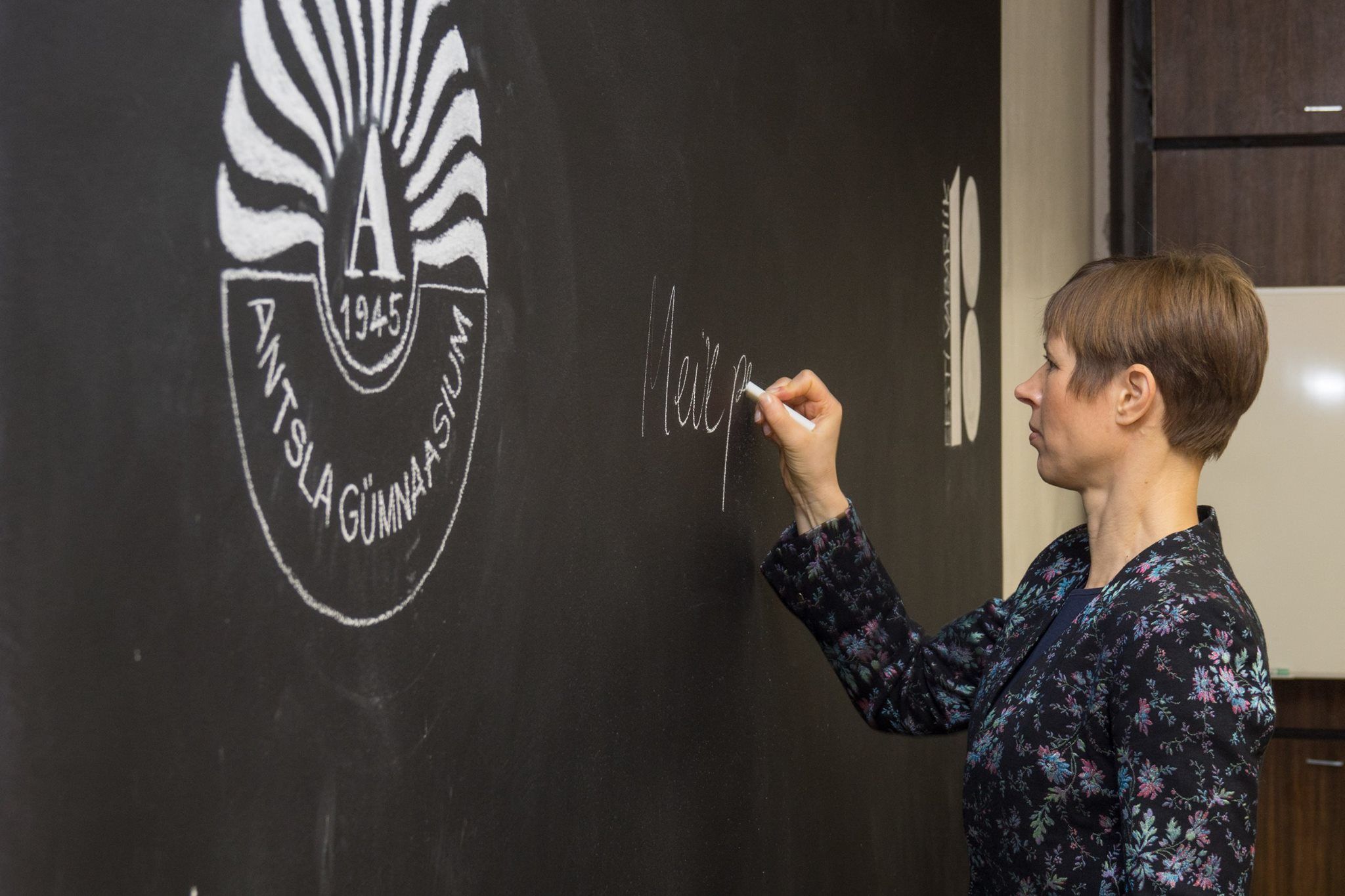
Then should there be some kind of a cyber etiquette, and if so, how would it be implemented?
Actually, the rights of the cyber space are emerging, it started primarily in the world of cyberattacks. There is an attempt to define cyberattacks and cyber counterattacks, and an international definition of justice is emerging.
So far, it’s just important to keep in mind that the same laws that apply outside cyberspace also apply in cyberspace. You cannot distribute misinformation about anyone or persecute anyone; just as you cannot do psychological harm to anyone in real life, you cannot do it on the internet either. The same thing applies to not using hate speech, all the same rules apply to the internet, you just have to stress it.
You’ve said that the people who do not make a distinction between science and pseudoscience will be taken advantage of; you feel it is important to help people distinguish science from entertainment. How can this best be done?
This must be talked about with kids at school. Our world view is based on an understanding of the world according to information from scientific measurements and analysis over the course of time. Many of us have flown around the globe and noticed it is round.
There is a story about a debate that went on in an Estonian online forum for supporters of the “flat earth theory”. I had publicly thanked a young scientist who had contributed a lot to the propagation of the scientific world view in Estonia for his struggle against the flat earth theory. Allegedly someone in the forum asked him why, oh why ‘he needed the earth to be round’.
I see a danger here in that we have not really taught young people things that for us is self-explanatory – for example, that the horoscope is merely entertainment, even if it is on the front page of newspapers and has been selling well for many years. We have forgotten to talk about some things, I think we need to talk more.
We have taught people mathematics and physics and chemistry, but we have not necessarily taught them how to use it in real life. We have also taught people biochemistry, we have taught them the properties of sulfuric acid, but we have never taught them that this substance could also have healing properties. We have also not explained why it basically cannot have the properties that are attributed to it.
Obviously, it is a complicated thing for us and the rest of the world to create a way of transmitting the necessary academic teaching into regular life. The connections between the theory and practice, and the theory and actual properties of substances, and the expectations that we place on these things, all need to be described more thoroughly. Undoubtedly, we can always say there are things we do not perceive – all physicists admit there are probably theories that we do not know that would explain the whole world – but this does not negate what we already do know.
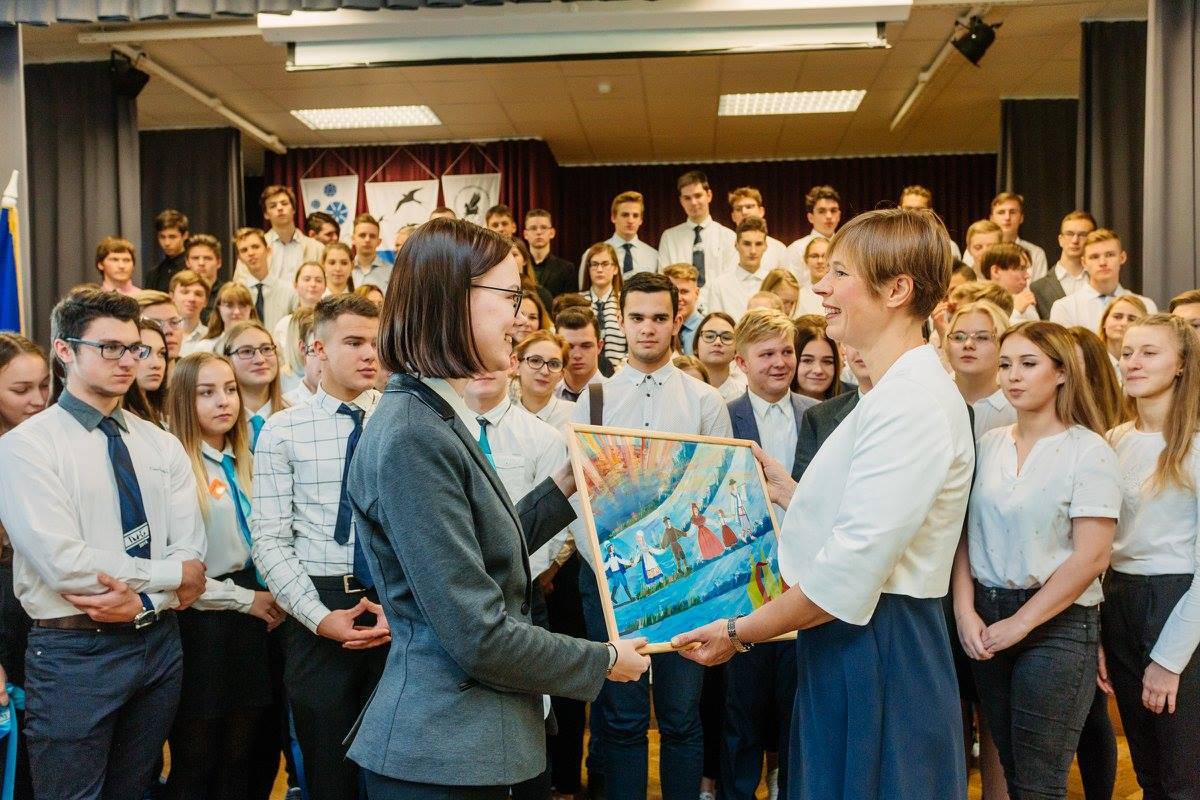
Isn’t some of the ignorance you are talking about also connected to the rise in populism in Europe and the United States?
I think the rise of populism has more to do with the point of view that people do not really appreciate their freedoms. When shopping, they value most the selection, while giving little thought to what it will all cost. It is necessary to keep in mind that our freedom is of the utmost value and, of course, in addition to the freedom, people need to be reminded that in a society, resources are shared fairly.
Indeed, very many Estonians have benefited from the expansion of the European Union, but at the same time, inequality is growing rapidly, and some people rightly ask, why they haven’t got their fair share. The politicians must answer this question. But the rational response is not that just because some people did not get their fair share, then we should withdraw from the European Union or close the world markets. It’s actually a pretty simple exercise for politicians, I think they can handle it.
In Europe, negative feelings toward the European Union have increased in some member states, although we hope there will not be another similar scenario to Brexit. How real do you think it is?
In these times, I fear that Russia’s wish and desire to change the existing world order is much easier to accomplish in many elections by discrediting unacceptable candidates with false information. But I believe that European citizens know there are no countries in Europe that would be better off on their own.
Whatever European problem we address today – whether it is the climate or that we want bigger markets, or that the infrastructure would be better connected or that people want to work anywhere they wish and then freely take their pension and move to Spain – none of these things work better without the European Union.
So you feel positive about the future of the European Union.
I am positive, and when I talk to people about it, no one has said that, yes, I would like to give up all the freedoms the European Union has offered me – the main thing is that the European Union should disintegrate. So far, I have not seen such a person.
In Estonia, for two years, there was a great deal of public controversy over war refugees, which has calmed down a bit now, but from time to time it still comes up. What do you think, could or should Estonia take more refugees?
Estonia demonstrates its commitment to its partners in the European Union, and the method we use has, to date, been recognised among our partners and also among our citizens.
Indeed, I think that in retrospect, Estonians have realised that if several thousand new people arrive anyway every year, a few hundred refugees among them, it is unlikely to significantly alter the visual landscape of our society. They understand that the story that we were forced to take tens of thousands of people was false (the false story was circulated by Estonian far-right groups and the Estonian Conservative People’s Party – editor), which is why this discussion has quietly fallen into the background – where it belongs.
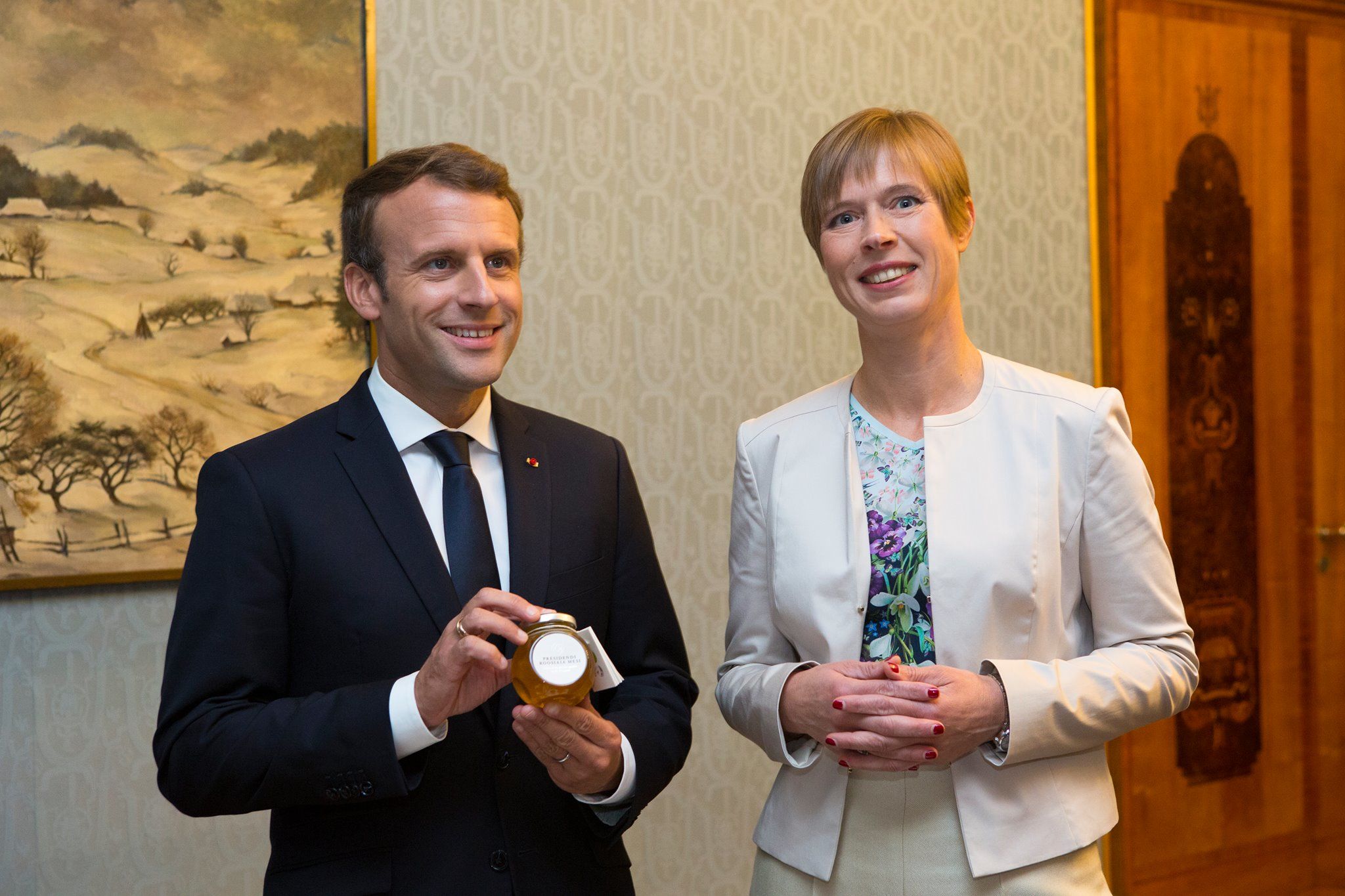
Let’s also talk about the environment. There has been a lot of controversy about Rail Baltica – the proposed railway connecting the Baltic countries with Poland and hopefully, Germany – and there are people who see the economic benefits. But there are a lot of people who say that it is not the primary concern, and that the primary concern is to maintain a unique Estonia where no railroad tracks runs through our forest. How do you feel about it?
This is a pretty interesting topic. In one sense, environmental issues concerning the railway are actually easy to solve. It turns out that in some places bridges cannot be built with an incline slight enough so that elk can cross, because they do not climb over hills. But you can build the railway over the hill and let the elk cross underneath. These are all the issues that can be resolved when we focus on how to get it done instead of denying the project.
Estonia is practically the most sparsely populated European country, so it would be very strange if there would be no way to accommodate a railway line. What I think is very exciting is that we will also build train stations so that people can travel around from the middle of the country. They will be very well connected with other points in Estonia, like Tallinn, Pärnu, and on to Riga [the capital of Latvia].
It offers a lot to many people, but the predicted travel numbers are mocked with the old argument about how it’s ridiculous that every Estonian should travel from Tallinn to Pärnu once a year. Well, imagine if someone had tried 20 years ago to create the ferry schedule from Tallinn and Helsinki, and people would have told that in years to come, eight million people cross the gulf every year. They would have said: are you kidding, that would mean every Finn crosses the gulf and some cross it twice. But that’s actually the case today.
It’s easy to deal with environmental issues by finding technical solutions. But since neither side can prove their calculations are anywhere near 80% accurate, there is much left to be discussed. Both sides are holding to an article of faith instead of engaging in discussion.
However, we do know that the world as a whole believes that transport connections are important. We know that road transport is expensive, that it raises risks for daily commuters, that the Tallinn-Pärnu highway is full of lorries, and we know the Finns are very interested in this project. For them this project is about the Tallinn-Helsinki tunnel, which would be the next phase. We are the ones who have dreamed of establishing and living in the economic space of the Nordic countries.
Do you believe there will be a Tallinn-Helsinki tunnel in the future?
Well, probably, but not before I retire.
Another thing about the environment – do you think Estonia has done as much as possible with regard to renewable energy, or should we increase our efforts toward it?
Estonia has a pretty good handle on the subject. Estonians, especially in rural areas, value cottage industries that offer the possibility of supplementing their incomes. These projects continue to emerge and as they start breaking even, more and more continue to take root. The breakeven point for solar panels generating electricity is about 10 years now, it is reaching the stage where people are interested in getting involved.
I think that renewable energy and small solutions have an important future in energy. This is a bit like the change to electric from kerosene lamps. While electricity began to spread, and became ubiquitous, there was a time when kerosene lamps were still needed. That problem was less challenging than this because everything was mass produced and distributed and electricity was widely provided.
Now, on the other hand, it is likely that at this moment, if we assume that in 100-150 years we will no longer need to transport electricity, investments made in the last 10 or 15 years will have to be forgiven. But we do not know when this will happen. We must take into account that this will happen at some point, but not during the next 20 years. It could take a hundred years. In this sense, technological shifts will inevitably lead to some kind of loss for the investors in the old technology, but that is inevitable.
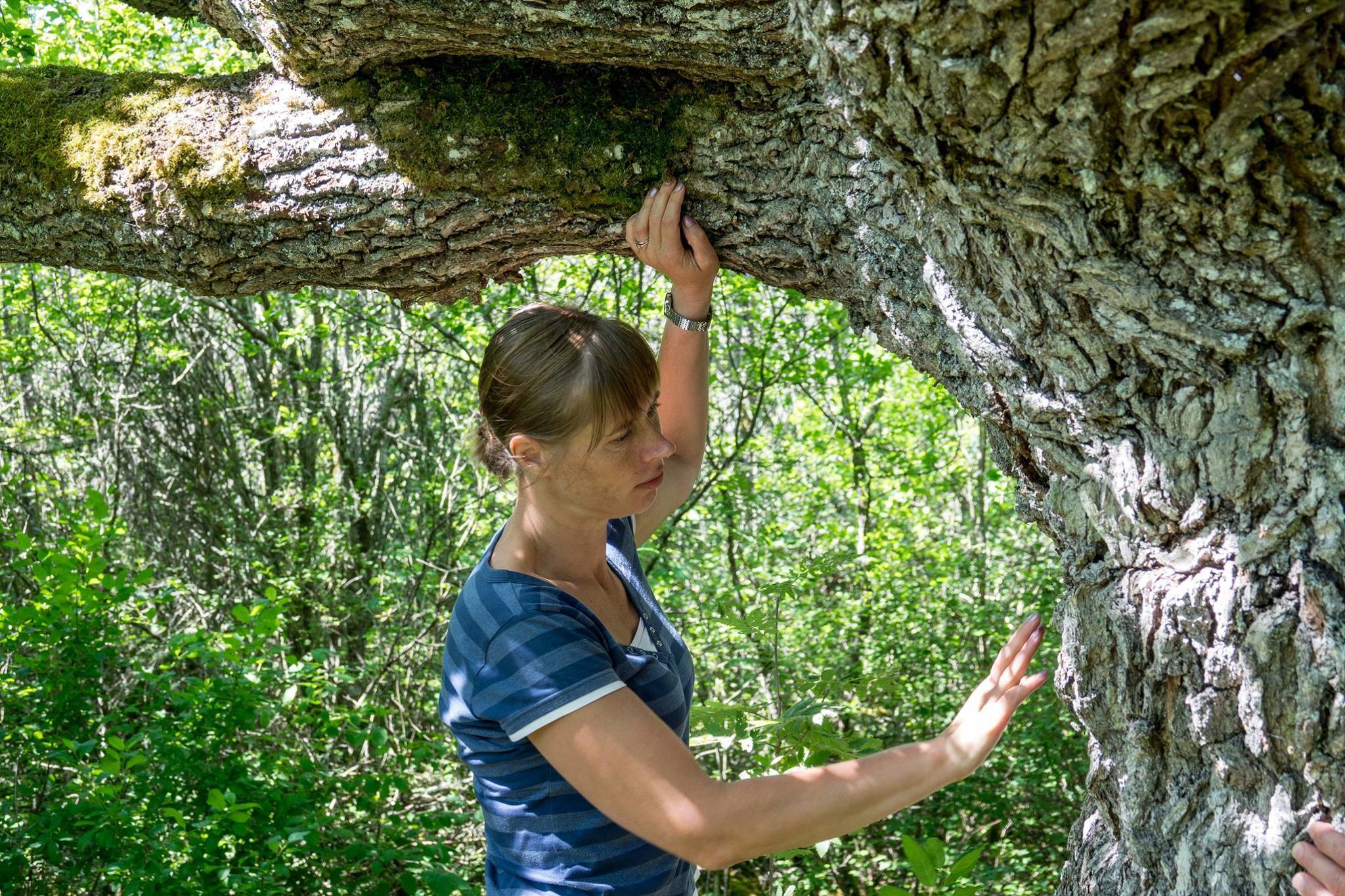
One of the things in which Estonia appears in a negative light is the pay gap between women and men, which happens to be the largest in the European Union. What do you think about this?
I haven’t yet had the opportunity to properly review the details of the allegation. It is certainly an issue that we must deal with. The pay gap and domestic violence are ongoing issues. Typically, a regular citizen might deny that these things exist or even make a joke about them. The parliament jokes about it and still ask questions like why aren’t there enough Estonian women for Estonian men. Sorry, but education and the work that goes with it, will take us some more time.
Fortunately, more and more, this is not a problem for young people. Also, if we look at how work life has changed, we see that the work day is no longer from always nine to five, Monday to Friday, and this will also reduce the pay gap, because more flexible work hours will allow men and women to better coordinate family life.
As for women, the rule should be that maternity pay is flexible and does not hinge on whether she is at home, which takes women out of the labour market during their peak career advancement. The result is that you lose money and you must choose to end your career. A completely unnecessary choice, because if a woman or a man gets parental pay and at the same time continues to work, then they will pay taxes and won’t be an additional expense for the state, but for some reason there are very strict rules there. The current model of maternity pay actually impedes a woman’s track very significantly. At a critical age, they leave the job market for several years, it’s when their colleagues to become heads of the department.
What would you say to little girls who dream of becoming president or prime minister?
It is not a good dream. You should dream about doing things that are different from the things you think you want to do. And if you want to deal with politics, then deal with politics. But it is a really frustrating field that you shouldn’t set your goals on right away, and only if you have inner peace and the conviction that you have done the right thing.
You lived in Luxembourg for 12 years. If you compare Luxembourg and Estonia, is there anything we could learn from that country?
If only there was some way to convey their experience in managing different languages. Typically, there are kindergartens where children are spoken to in many languages: Spanish, Polish, English, German, French. Each teacher speaks her mother tongue and your child will certainly come out of this kindergarten with bi-lingual capabilities, perhaps even trilingual. I really like this attitude. And in a situation where the country has in 10 years received 200,000 new citizens but have lost a hundred thousand, they have managed to increase the number of people who speak the Luxembourgish language. It will become a more widely spoken language than it was before.
We recently looked for a new Estonian symbol, do you have a short answer to what is or might be the symbol of Estonia?
Clearly, the Estonian symbol is a digital society, so there is no need to look for it. It is what we have. It’s easy to explain this way: when people elsewhere say that this digital thing is dangerous and that one does not work – let’s use paper – then the Estonian says: fix it and protect it. That is the moment you know you are in a digital society, that’s the difference.
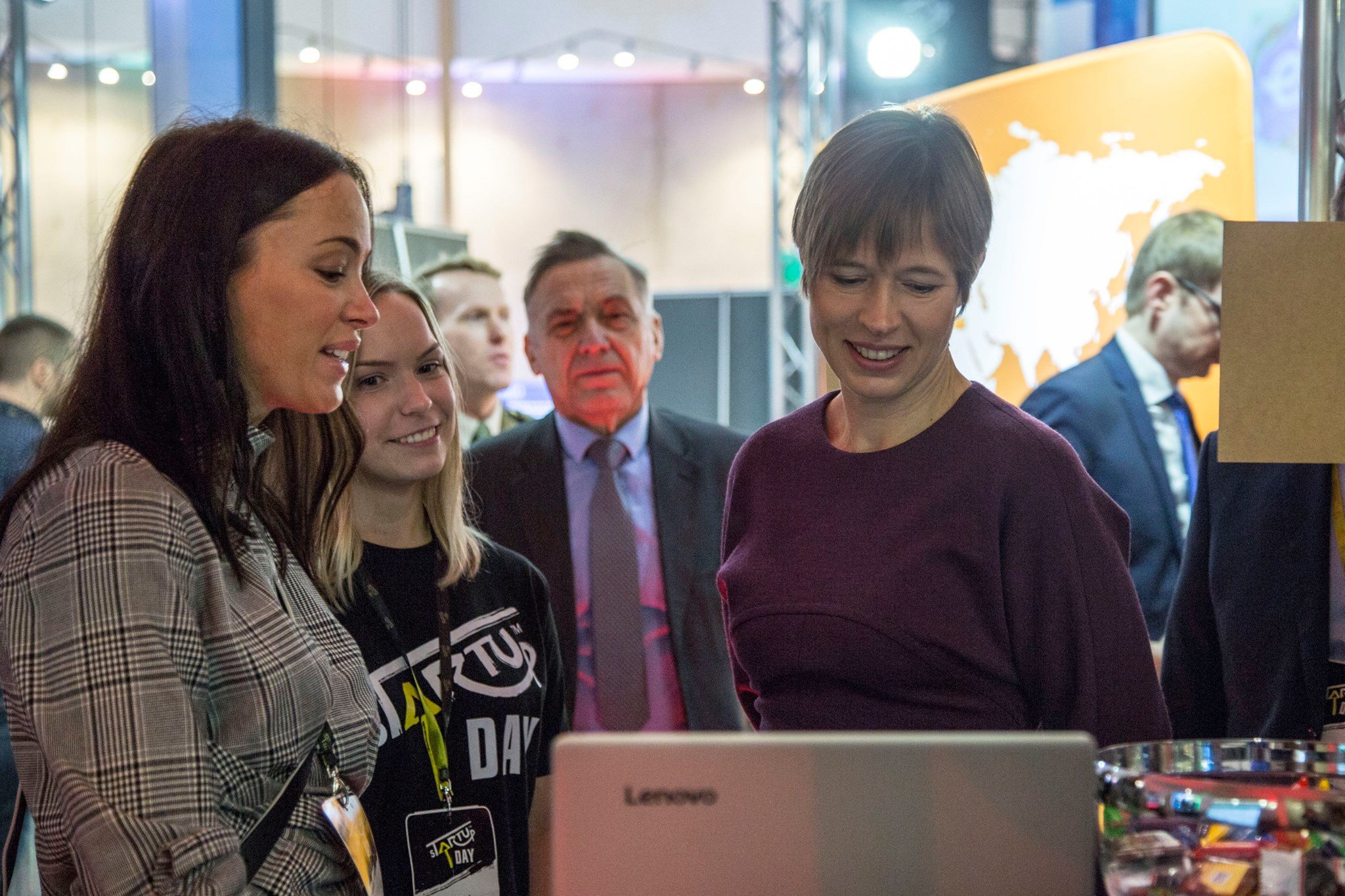
Finally, on Estonia’s security. You have met with the vice president of the United States, Mike Pence, a few times. What assurances did he give regarding the United States’ promise of providing security support? And did he recognise that Estonia fulfills the requirement of spending two percent of the GDP on defence?
He assured us that the United States knows the Baltic states are firm allies and have been for a long time. Yes, he knows that Estonia spends its two per cent. And he knows that Latvia and Lithuania are quite close to fulfilling their spending and that they are closer to their deadlines than many of the other European countries.
In my opinion, when discussing strength, it’s about more than just the two per cent. It is just as important to hold the diplomatic line and to strongly maintain unity over the Ukraine situation, because Ukraine is not only Ukraine. Ukraine is Russia’s attempt to change the architecture of international security. They started in 2008, and now that this quicksand has reached Ukraine, they propose to build some sort of new architecture on the quicksand. You cannot build safety or security on quicksand. This must be understood and there is no doubt the United States does understand.
A large number of our readers live in the United States, Canada and Australia, many of Estonian descent, who are deeply concerned about Estonia. What can you tell them about whether the fear of Russia is justified? We constantly see stories in the foreign media which have headlines that are practically announcing that the Third World War is about to begin. Is it simply overkill or totally unnecessary?
This is Russian propaganda. This is Russia’s completely natural propaganda in a situation where they see NATO respond adequately to the changed situation regarding security. Just as NATO was very strong during the Cold War in West Germany, in West Berlin, NATO has evaluated the situation and decided that deterrence should be strengthened. Deterrence for NATO, as Jens Stoltenberg loves to say, is always aimed at securing peace and is proportionate. That is exactly what NATO is doing right now.
It is very much in the interest of Russia to give the impression that NATO is preparing for war and that there is a danger of war, and that the Baltic Sea is a war sea, but it is all just propaganda. It must be refuted, and it seems to me that, to some extent, the message is being delivered that the decisions made by NATO in Warsaw and their peaceful implementation will not increase the threat of war in the area.

So, you’re saying that from the Estonian perspective, rather than hedging, we could simply steer clear of it?
Absolutely. It is our job to remind everyone that NATO’s deterrence has never been made of silk umbrellas, so to speak. But always of people and equipment.
How would you rate the readiness to defend Estonia among the Estonian people? And could Estonian expats have a role to play? How could they help?
Without a doubt, they can help the most by telling anyone who asks the question, “Is your homeland at physical risk?” by “no, it is not”. What NATO is doing here is ensuring the security of all NATO allies. It has been determined that in order to ensure this security, it is necessary to strengthen deterrence here, in the east and the northeastern regions. We do not know where else this might be needed; after all, NATO operations against terrorism have taken place in more southern regions as well. NATO’s mission is to provide 360 degrees of security wherever and whenever it is needed. I think everyone living elsewhere has the opportunity to convey this message and clarify it.
But, of course, I imagine that the Estonian Defence League is always ready for new members. Among the major tasks of the Defence League is to guide the Estonian people on how to be prepared to defend themselves and to participate in creating a ready defence, and by cultivating self-confidence.
Above all, we must have self-confidence so that we can defend ourselves. This is the work of the Defence League, but it is also an important part of the Estonian defence forces. It also plays an important part in deterrence, because if the adversary knows it would not be an easy matter to cross the border into this country and simply take it over, he will not do it. But again, NATO members have never been attacked, and today Russia is attacking us primarily through its propaganda and strategic communication. But this attack is also dangerous and needs to be addressed.
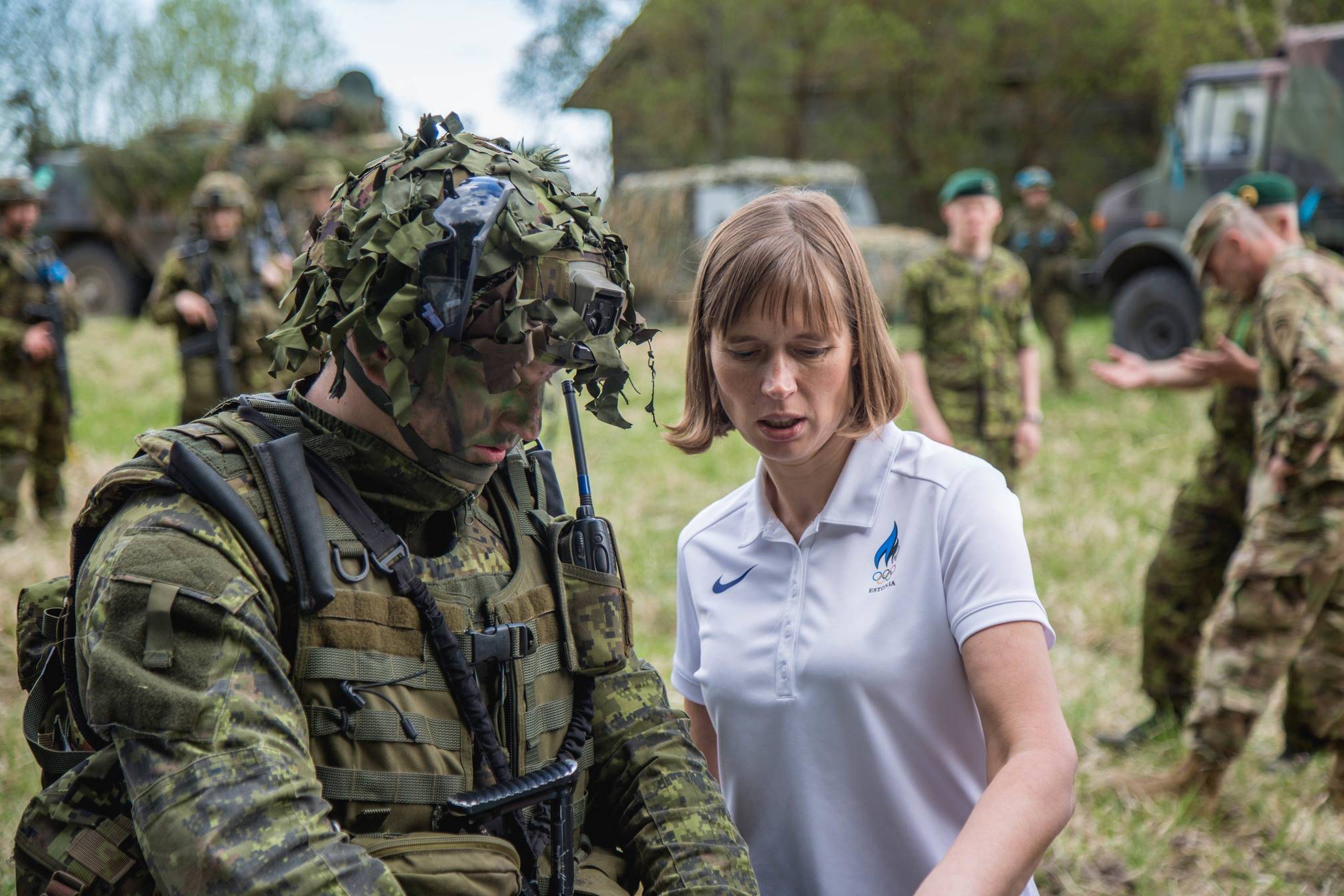
One part of the security issue is the mood of the Estonian Russian-speaking population. Is there anything you can recommend as to how to ease the frictions that arise, and what can we do to help?
First of all, this process has clearly evolved compared with when I left Estonia (Kaljulaid served in the European Court of Auditors from 2004-2016 – editor). I still remember, at the turn of the century, the ongoing debate about whether there really wasn’t some way to avoid having to learn Estonian. Today, when I talk to non-Estonian speaking people living in Estonia, they ask for help in learning how to speak better. That’s the first thing.
Second, language is not basis for what a person thinks. We have heard in very clear Estonian that Crimea belongs to Russia. Third, as Yana Toom (an Estonian-Russian politician – editor) says, no Russian living here wants to wake up in the Russian Federation. The non-Estonian speakers appreciate democratic freedoms very much, they know here they can say out loud that they do not think there is anything wrong with the Crimea situation and that they won’t jailed for it.
In this sense, I think there is no reason to suspect that a Russian-speaking citizen of Estonia does not want to be a free European citizen, he certainly does want to be. They have shown it over the last couple of decades. There is no reason today to talk about the Russian minority as a security risk.
If the Russian president, Vladimir Putin, invited you to visit in Moscow, would you go, or would there be conditions?*
There is a condition, yes. At the moment the general understanding in the European Union is that no high-level meetings will be scheduled [with Putin]. Once again, back to the international security architecture. Once we return to this architecture, then I would be delighted [to visit].
* (Please note that Kersti Kaljulaid had a meeting with Vladimir Putin on 18 April 2019).
One final note about Donald Trump – if there was ever anything that goes against your principles, based on comments of his, would you be willing to confront him directly during a meeting?*
During a private meeting, or in the presence of advisers, sure – but never through public media.
* (Please note that Kersti Kaljulaid had a meeting with Donald Trump on 3 April 2018).
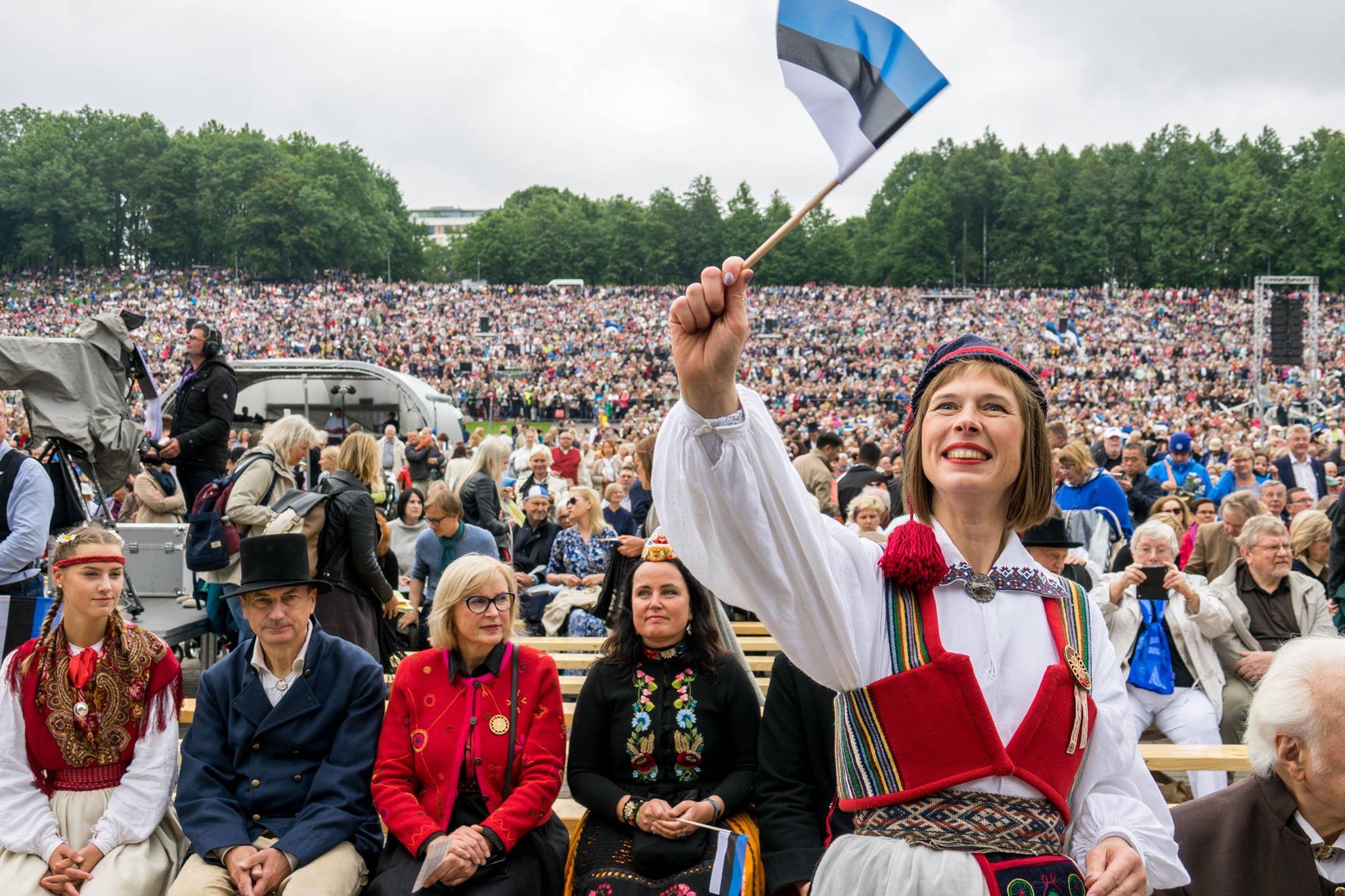
Cover: Kersti Kaljulaid enjoying the view in Vilsandi island in summer of 2017. Images courtesy of the Estonian President’s Office and Renee Altrov. The image used on the social media was updated on 14 October 2021. Photo by Eleri Ever.

